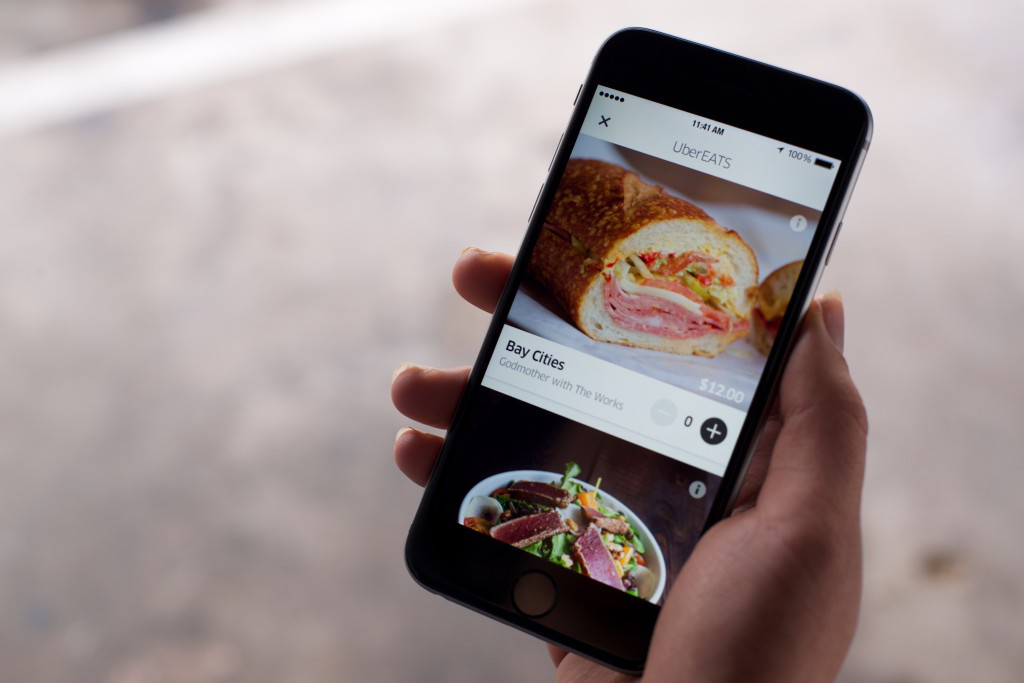Uber Still Working Out Logistics Of Delivering Food And Merchandise
 New business ventures sometimes have unexpected problems. As ride-hailing service Uber tries to expand its business into hauling lunch orders and same-day online orders around, the company has hit some unanticipated problems. For example, some people order lunch when they think they’re ordering a ride, since both are part of the same mobile app. Some high-end retailers couldn’t use Uber driver since their insurance only covers merchandise up to $1,000.
New business ventures sometimes have unexpected problems. As ride-hailing service Uber tries to expand its business into hauling lunch orders and same-day online orders around, the company has hit some unanticipated problems. For example, some people order lunch when they think they’re ordering a ride, since both are part of the same mobile app. Some high-end retailers couldn’t use Uber driver since their insurance only covers merchandise up to $1,000.
It’s not entirely clear how someone could confuse a cross-town ride with a sandwich, as one Uber driver who also delivers for UberEATS in Chicago claimed in an interview with the Wall Street Journal. The service carries two different items during typical lunch hours, and the Chicago driver says that drivers are told to just throw out whatever food they have left at the end of the day.
Combining rides with lunch delivery seems like a good match at first glance: business typically slows down during the middle of the day for drivers who work during business hours, so Uber began experimenting with food delivery, offering drivers a bonus to try it out.
Delivering pricey items like electronics and jewelry can get even more complicated. Sources told the WSJ that negotiations fell apart between Uber and companies that sell jewelry and clothing because of insurance issues and ordering methods: a $1,000 insurance limit and limited selections may not matter so much for sandwiches or even iPhones, but did matter for one jewelry company and for luxury vendor Gilt Group.
Delivering food involves challenges that don’t necessarily come up while driving for an app-based taxi service: drivers need to get out of their cars and find a parking space, which can be a challenge in the dense urban areas where these services operate now.
Meet The Drivers Behind Uber’s Food Delivery Service [Wall Street Journal]
Want more consumer news? Visit our parent organization, Consumer Reports, for the latest on scams, recalls, and other consumer issues.

